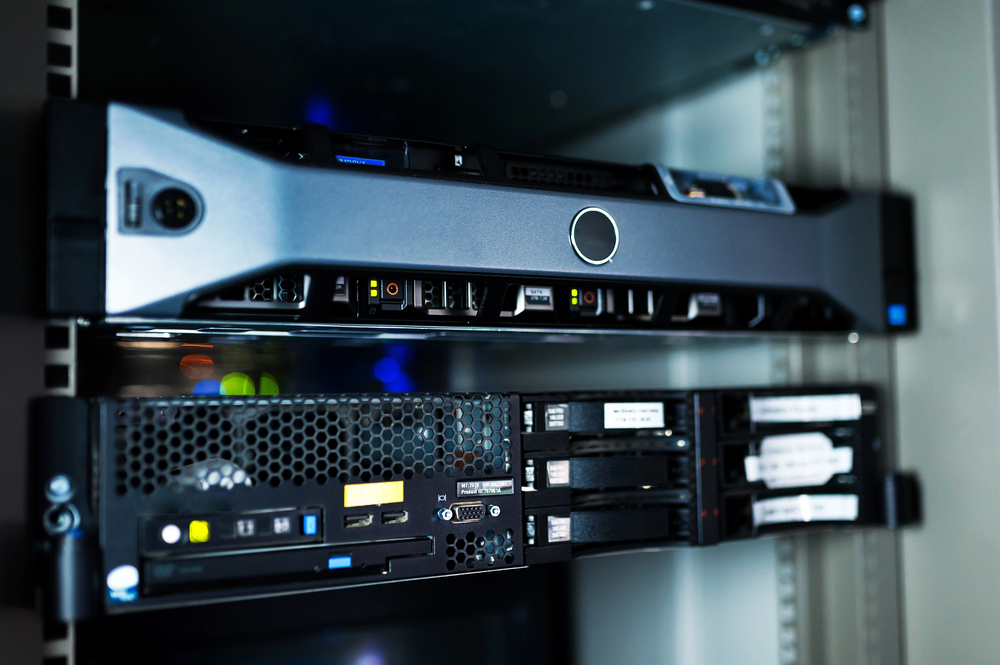A technological wave has washed over the healthcare industry; one The Allure Group has ridden for a while now and will continue to as the Age of Automation requires that businesses—healthcare or other—must be better, faster and cheaper.
Allure, a network of six skilled nursing facilities in Brooklyn and Manhattan, has taken the plunge on several fronts, notably implementing EarlySense, a contact-free patient monitoring system, in 2017. Other Allure innovations include the use of robotics, which have proven crucial to patients’ rehabilitation, as well as ConstantCare, which transmits a patient’s vital signs directly to their electronic medical records, and TeleHealth Solution, a telemedicine platform.
Many other healthcare facilities have also been quick to adopt technology, though some have not. It is expected, however, that the digital health market will exceed $206 billion by 2020, meaning that further change will likely be fast and furious.
Here’s what lies immediately ahead:
The Internet of Medical Things (IoMT): This is a branch of the Internet of Things (IoT), i.e., the world of interconnected everyday devices. EarlySense would fall into this category, as it is a system that involves placing sensors under cushions or pillows, allowing healthcare professionals to track patients’ vital signs.
As of 2017, 60 percent of healthcare facilities were wired into the IoMT to one degree or another, and it is expected that there will be between 20 billion and 30 billion devices in that realm by 2020. They include wearables like EKG monitors, and as of 2017 also included an FDA-approved smart pill, which allows professionals to record when a given medication was taken.
Artificial Intelligence: AI has found its footing in the diagnostic space, specifically image processing. Technology has emerged that is capable of discerning abnormalities that radiologists cannot, as is the case with another device that has met FDA approval — one that examines HD photos of the retina to determine whether a patient has diabetic retinopathy.
Then there is the brain-computer interface (BCI), which has been under development for decades but has only recently captured the imagination of such innovators as Elon Musk. BCI technology allows computers to capture the brain’s responses to certain actions, enabling a patient to, for instance control a prosthetic device with his or her brain.
Robotics: As mentioned, Allure has made a major commitment in this space, having added such therapeutic robots as the ArmeoSpring and the H200 (both for the upper extremities), and physical therapy tools like the Lokomat and the AlterG Anti-Gravity Treadmill (for the lower extremities).
Surgical robots are also becoming more common, as they aid surgeons during particularly delicate procedures, and help them alleviate fatigue. While such devices were once thought to be too expensive, it is now expected that the global market for them will increase from $3.9 billion in 2018 to $6.5 billion by 2023.
Augmented Reality/Virtual Reality (AR/VR): Allure has also been ahead of the curve here, having already implemented OmniVR, a rehabilitative system geared to the needs of seniors and medically complex patients.
OmniVR employs an advanced 3D camera and specially designed computer software that tracks patients’ movements and enables them to function in a virtual world. Specifically, it provides them with physical therapy programs that have been found to be so enjoyable that users want to work longer and harder.
Another VR use case is in training clinicians. They can, for instance, experience surgeries in 3D, preparing them for the real thing.
Telemedicine: As mentioned, this is another area in which Allure has made inroads, and indeed an area that is growing in prominence, especially in underserved areas. The number of telehealth patients, fewer than a million in the U.S. as recently as 2014, has steadily climbed. In fact, it nearly doubled from 2017 to 2018, from 3.84 million to 7 million.
The effects of telemedicine are twofold. It has given patients access to care in an era that has seen wait times for face-to-face appointments climb from 18.5 to 24 days since 2014, and given patients increased access to specialists.
Blockchain: More commonly used in the financial space, it has translated to healthcare as well, in that it enables organizations to store large amounts of data more efficiently. The other advantage is that patient information can be shared more easily, since electronic medical records systems are not always compatible from one organization to the next.
Finally, blockchain boasts greater security through its very design; it is a string of digital blocks that are virtually tamper-proof and accessed by a private key assigned to each network participant.
While there are those who debate the worth of this technology, Gartner, a global research and advisory firm, places blockchain’s value-add at $360 billion by 2026, $3.1 trillion by 2030.
Find a Home-Based Business to Start-Up >>> Hundreds of Business Listings.

















































